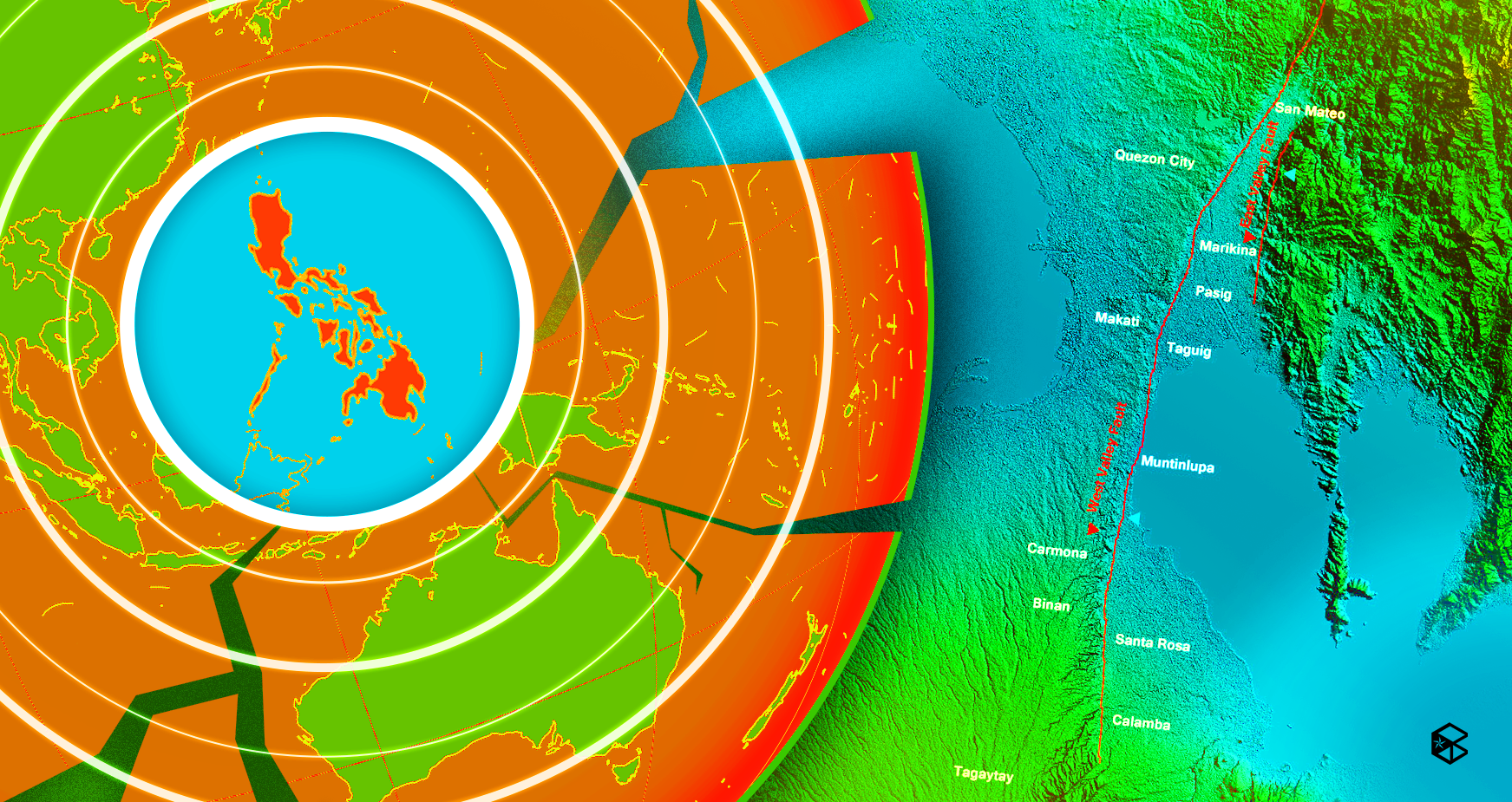On March 28, a 7.7 magnitude earthquake struck Myanmar and Thailand with a rising death toll exceeding 2,000. As anticipation about the Big One continues to build, let’s analyze the state of disaster preparedness in the Philippines.
According to Philippine Institute of Volcanology and Seismology (PHIVOLCS) Director Dr. Teresito Bacolcol, the Big One is projected to result in a total of 51,500 casualties and severely damage 12 to 13% of buildings in Metro Manila. Moreover, a 2013 Metro Manila Earthquake Impact Reduction Study (MMEIRS) report Risk Analysis Project found that a total floor area of 88,142,000 square meters will completely collapse and that the Philippines is expected to lose a total of ₱2.269 trillion due to the massive earthquake.
For over a decade now, Filipinos have been made aware of the looming inevitability of the Big One, a 7.2 magnitude earthquake that will hit the National Capital Region (NCR). But when will it actually happen? The truth is no one knows because earthquakes cannot be predicted. In an interview with TeleRadyo Serbisyo, Office of Civil Defense Administrator Undersecretary Ariel Nepomuceno noted, “Sa pag-aaral, every 200 to 400 years gumagalaw [ang West Valley Fault], papasok na tayo ‘dun sa ika [200] years. Ibig sabihin by 2050, papasok na tayo sa ika [200] years niya.”
To put matters into perspective, according to the United States Geological Survey, a large earthquake feels like a sudden, large jolt followed by violent shaking that will make it difficult to stand up as objects are toppled over.
Given this information, is the Philippines ready for the anticipated Big One? Nepomuceno expressed his concern and shared that the country is not at all prepared, “Hindi natin pwedeng pagandahin ‘yang sagot. Kailangang maghabol tayo talaga.”
Filipinos don’t care
Even as the most disaster-prone country in the world, only 27% of Filipinos have a Go bag, 33% own first-aid kits, and 20% have disaster management plans, according to a 2024 study by the Harvard Humanitarian Initiative. Moreover, the NCR scored below the national average in disaster preparedness, ranking 11th out of the 17 regions for disaster preparedness.
Among the many challenges regarding disaster preparedness, Nepomuceno shared that the biggest issue is that Filipinos do not care about it. The country has been anticipating the Big One, but has it done anything to truly prepare throughout all those years?
While Filipinos are aware of what to do during an earthquake, simply knowing “duck, cover, and hold” is not enough as Dr. Bacolcol shared that it is just the second level or a reaction to the earthquake.
“The first level, which is more important, is the engineering solutions, which means that our buildings, houses, structures, bridges—are they strong enough to withstand an earthquake? That is where we need to catch up the most,” he explained.
In an interview with OneNews, Senate President Francis Escudero called for inspections of public and private structures, “We must see to it that regular inspections are conducted on public infrastructure and on the structures constructed by the private sector, particularly the office and residential buildings that have sprouted over the past decades.”
While these words provide a glimmer of hope, actions speak louder than words. Therefore, the government must invest in retrofitting old infrastructure and strictly enforce building codes to guarantee that all new buildings are structurally sound to survive earthquakes.
Moreover, awareness and education campaigns that go beyond just “duck, cover, and hold” must be employed around the Philippines to develop public disaster and emergency preparedness in every Filipino household.
Better to be safe than sorry
Nobody knows when the Big One will strike but the least Filipinos can do is prepare. Although a decade of suspense has seemingly led to complacency, every day is one day closer to the inevitable Big One.
In this race against time, Filipinos must use every second wisely and act now in order to transform into a disaster-resilient people and nation.


